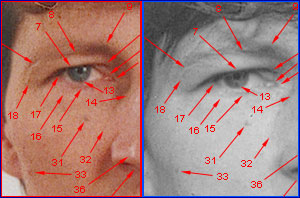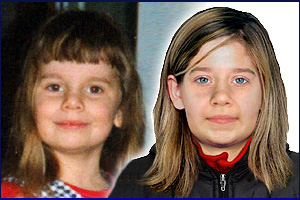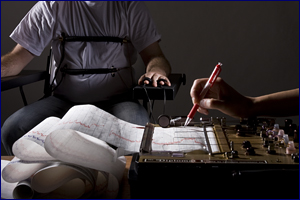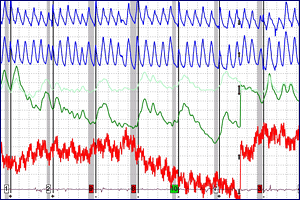Antroposcopic and Polygraph Examination Unit
Core areas of antroposcopic examinations involve identification and comparison of persons and unknown corpses basing upon photographs and video recordings.
Core areas of antroposcopic examinations involve identification and comparison of persons and unknown corpses basing upon photographs and video recordings. Evidential material involves all types of images of persons recorded on film, negatives, video recordings and digital recordings originating, for instance, from CCD cameras. The reference material consists of photographs of persons selected for examinations, photographs of dead corpses or the ones taken from family photo albums. Experts in forensic antroposcopy perform also casework in relation to age progression and regression as well as the reconstruction of appearance of persons and items basing upon verbal description.




Developing age progression image of a missed person. Aged images are often used by foundations dealing with searching missing persons.


Reconstruction of a likely ante mortem image basing upon skull
In 2004, responding to a growing demand for polygraph examinations, requested mainly by nationwide police units, prosecutors and courts, the management of the then Central Forensic Laboratory of the Polish Police decided to establish a new – polygraph examination unit.
The objective of work dealt with by polygraph (lie-detector) examiners is to determine scope of knowledge of examinee on circumstances and his or her relation with a given event. A polygraph or lie-detector is commonly used for the purpose of such examination; the device is able to record psychophysiological response of an examinee during the tests. The instrument records plots of changed breathing rate, heart-beat rate and galvanic skin reaction. The task of an expert is to determine whether an examinee knows the details of a specific event.


In detection process, examinations of this type are conducted, for instance, to verify various versions of an event, eliminate suspects, verify testimonies of witnesses and suspects, type persons having relation with an incident and point to circumstantial evidence.
